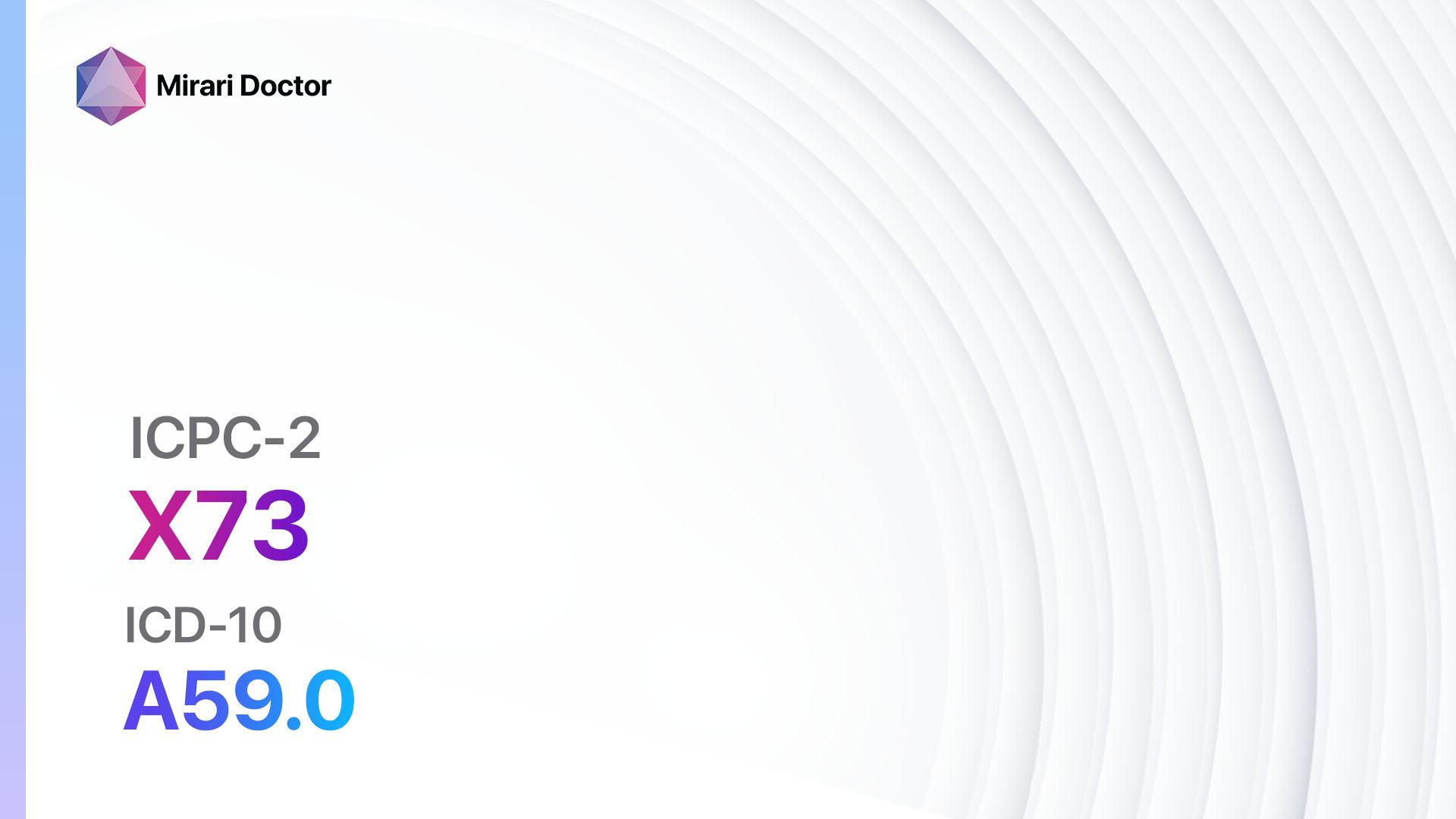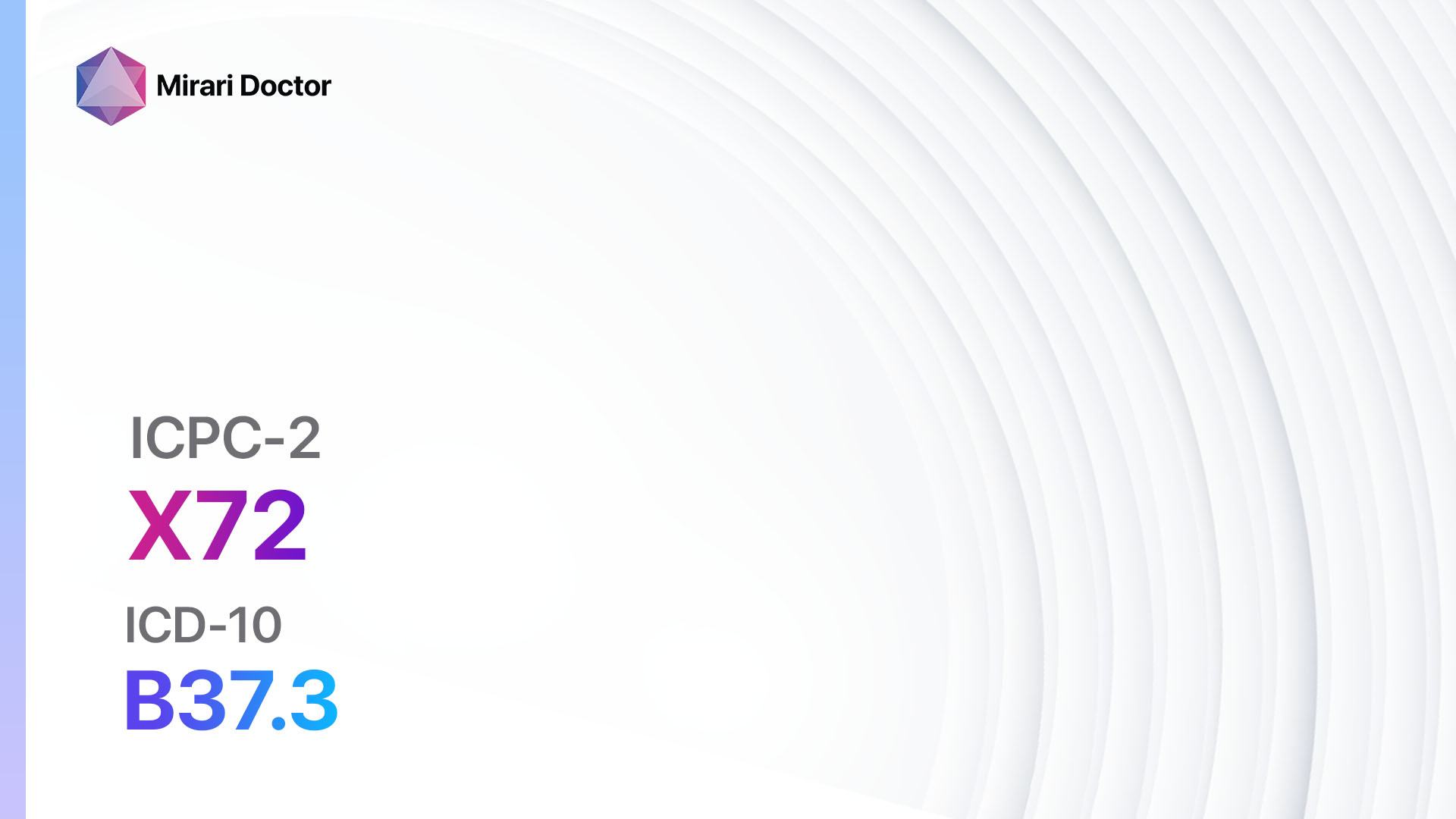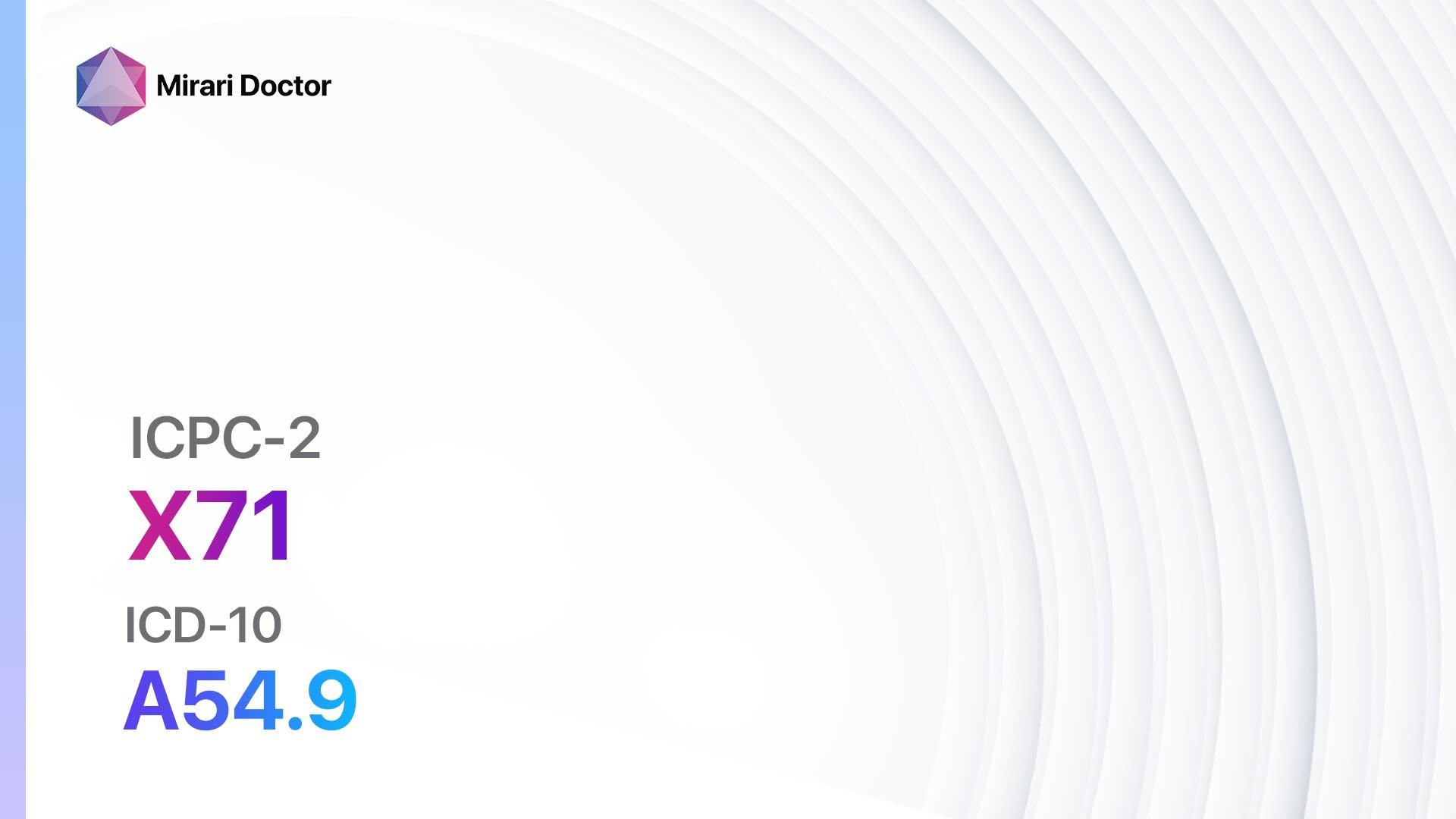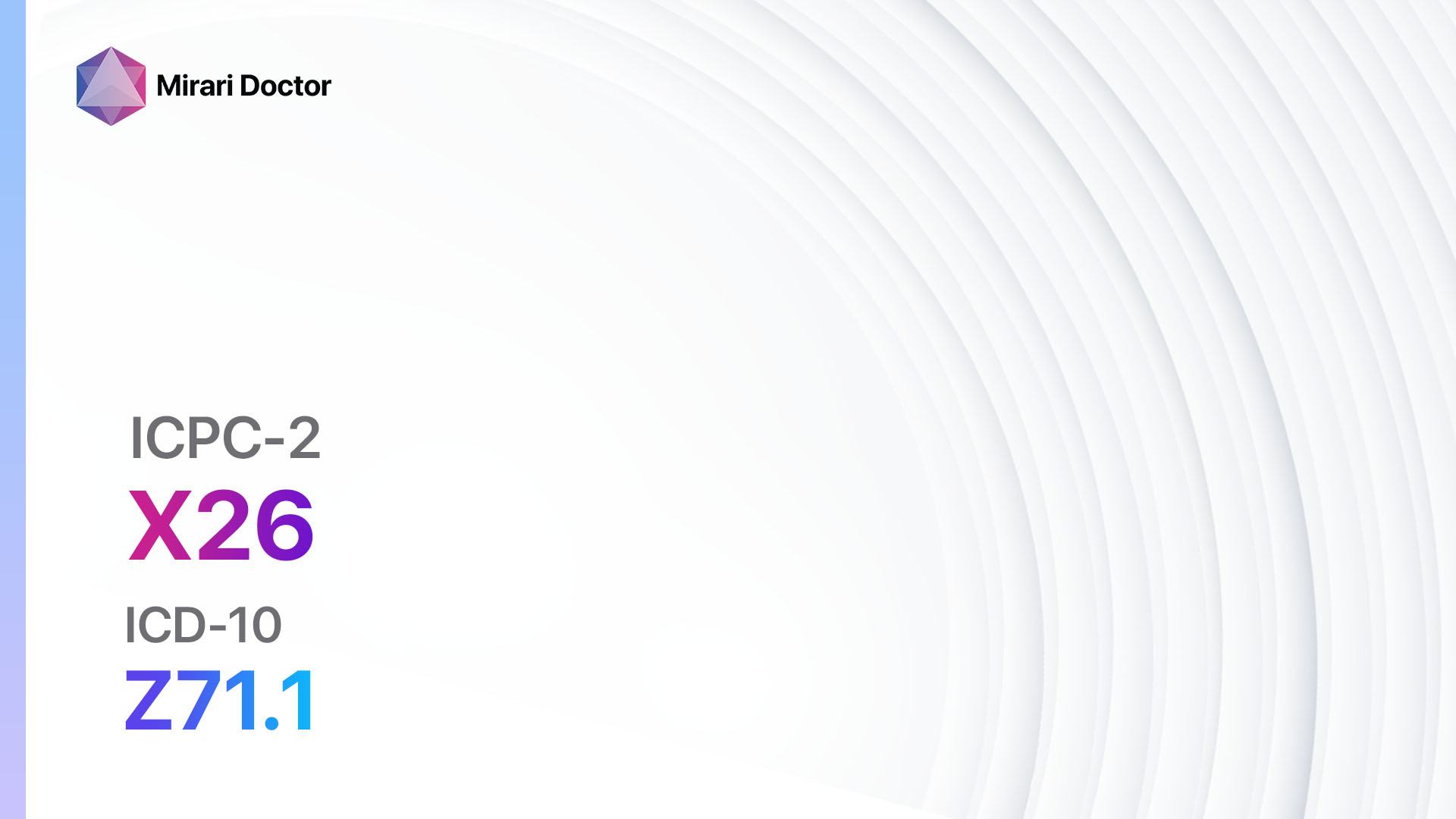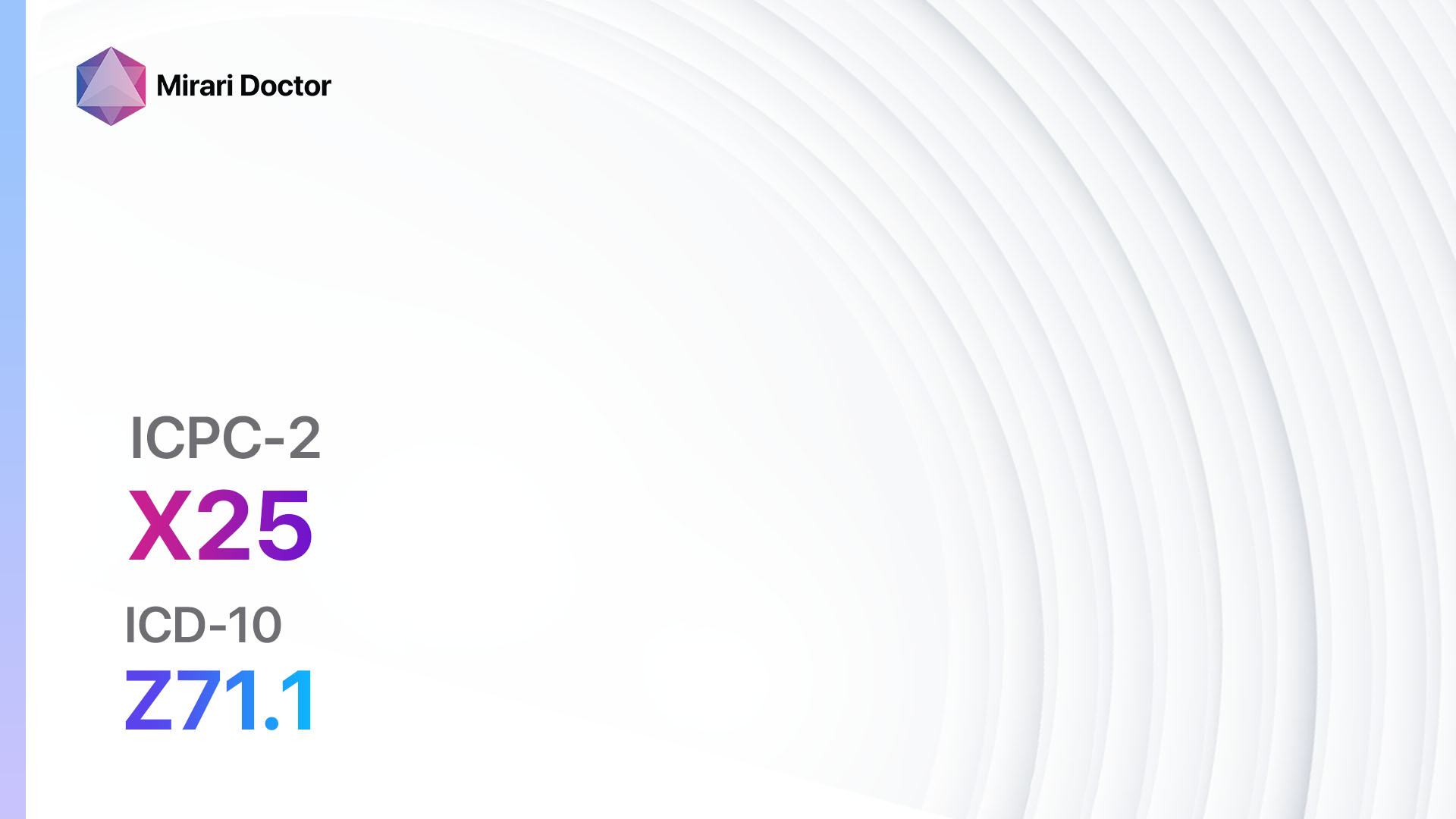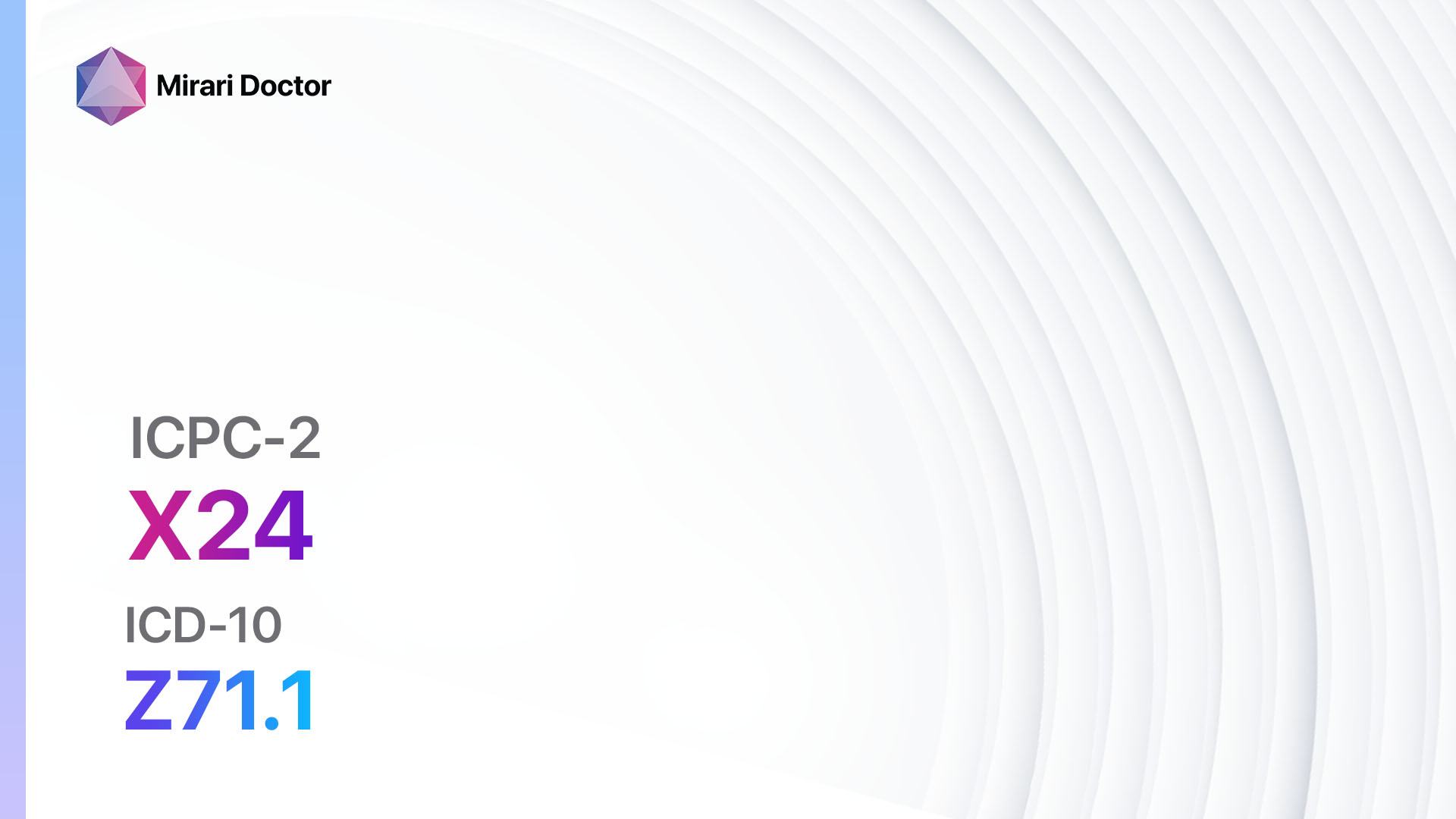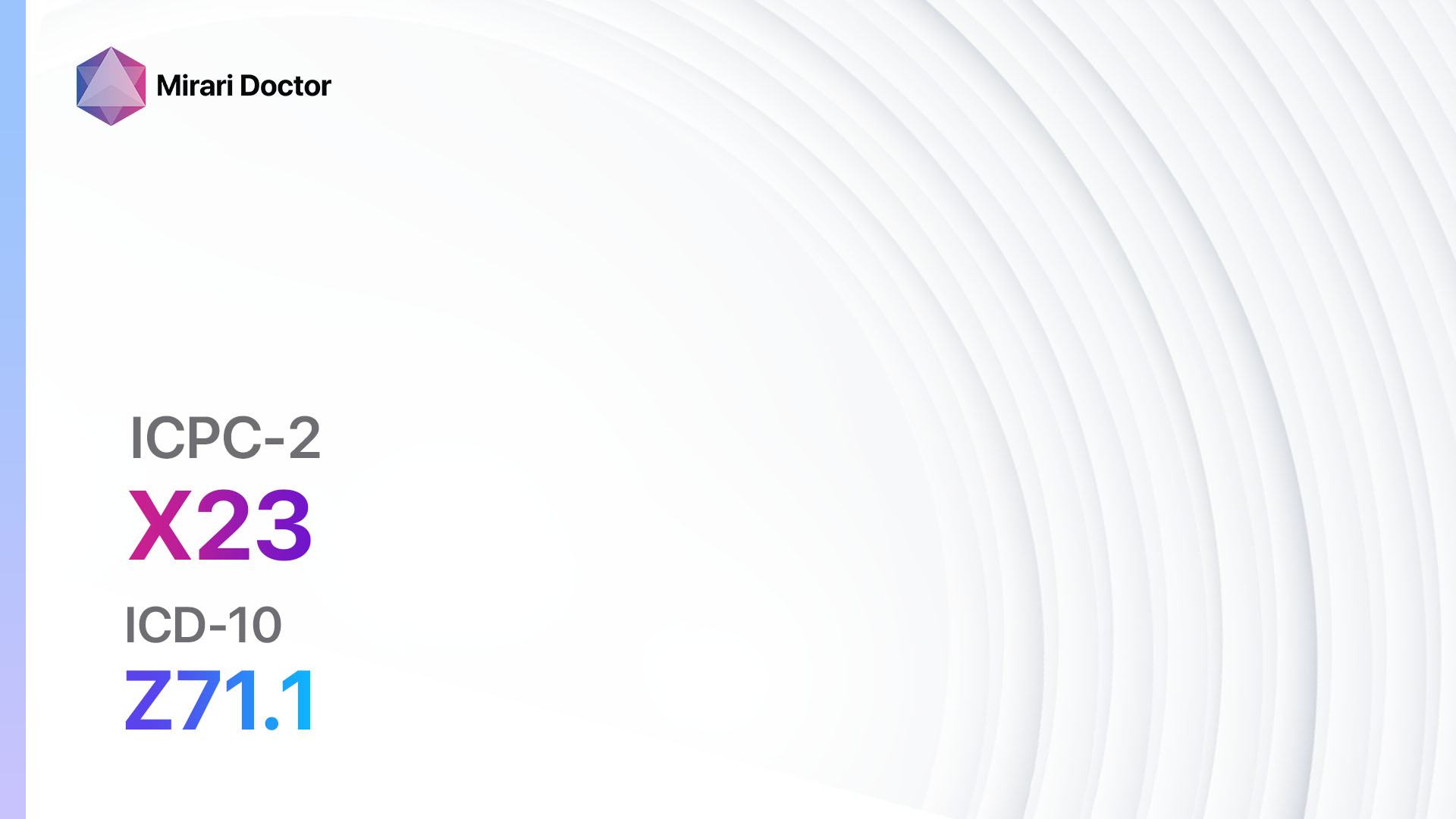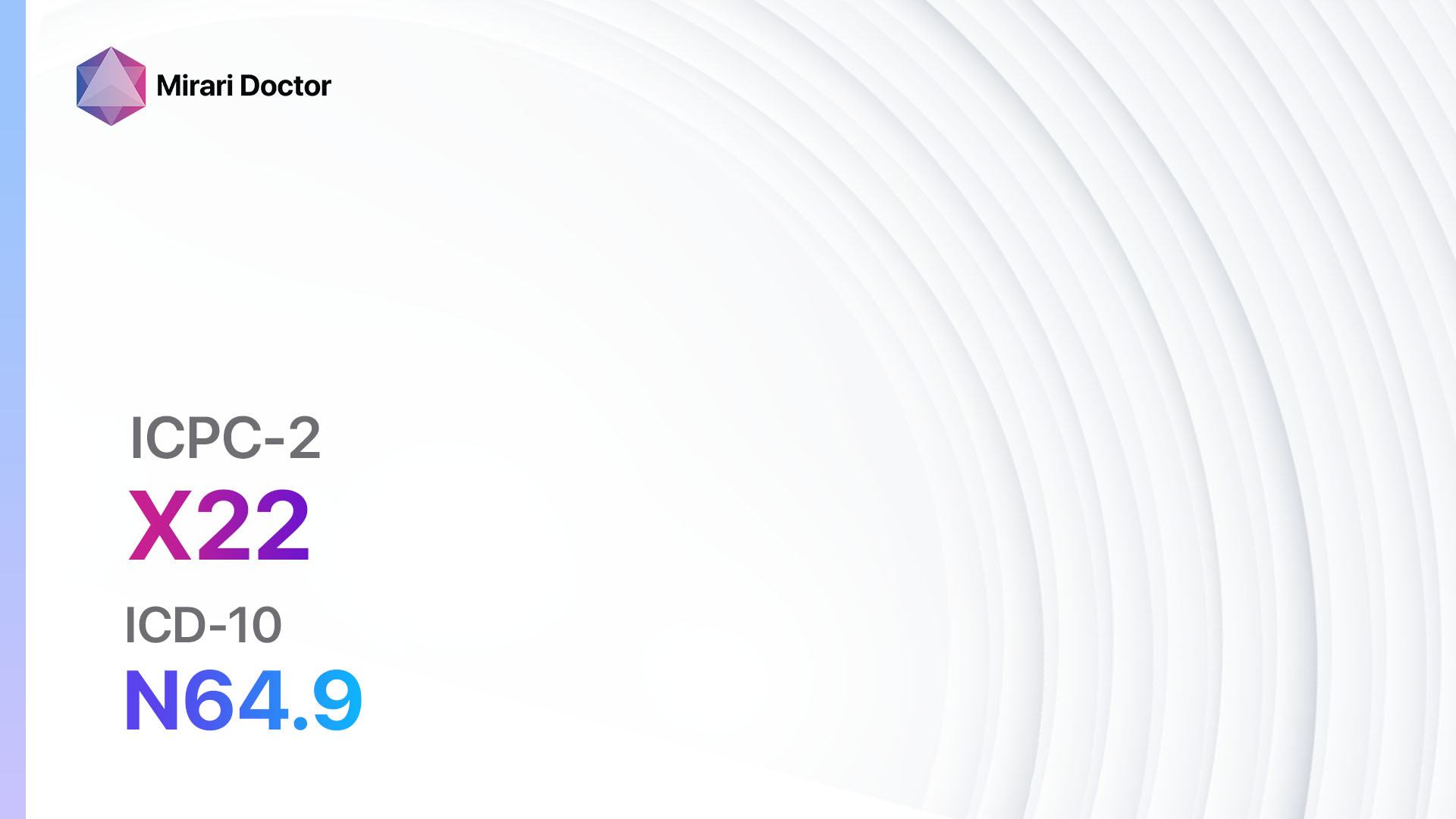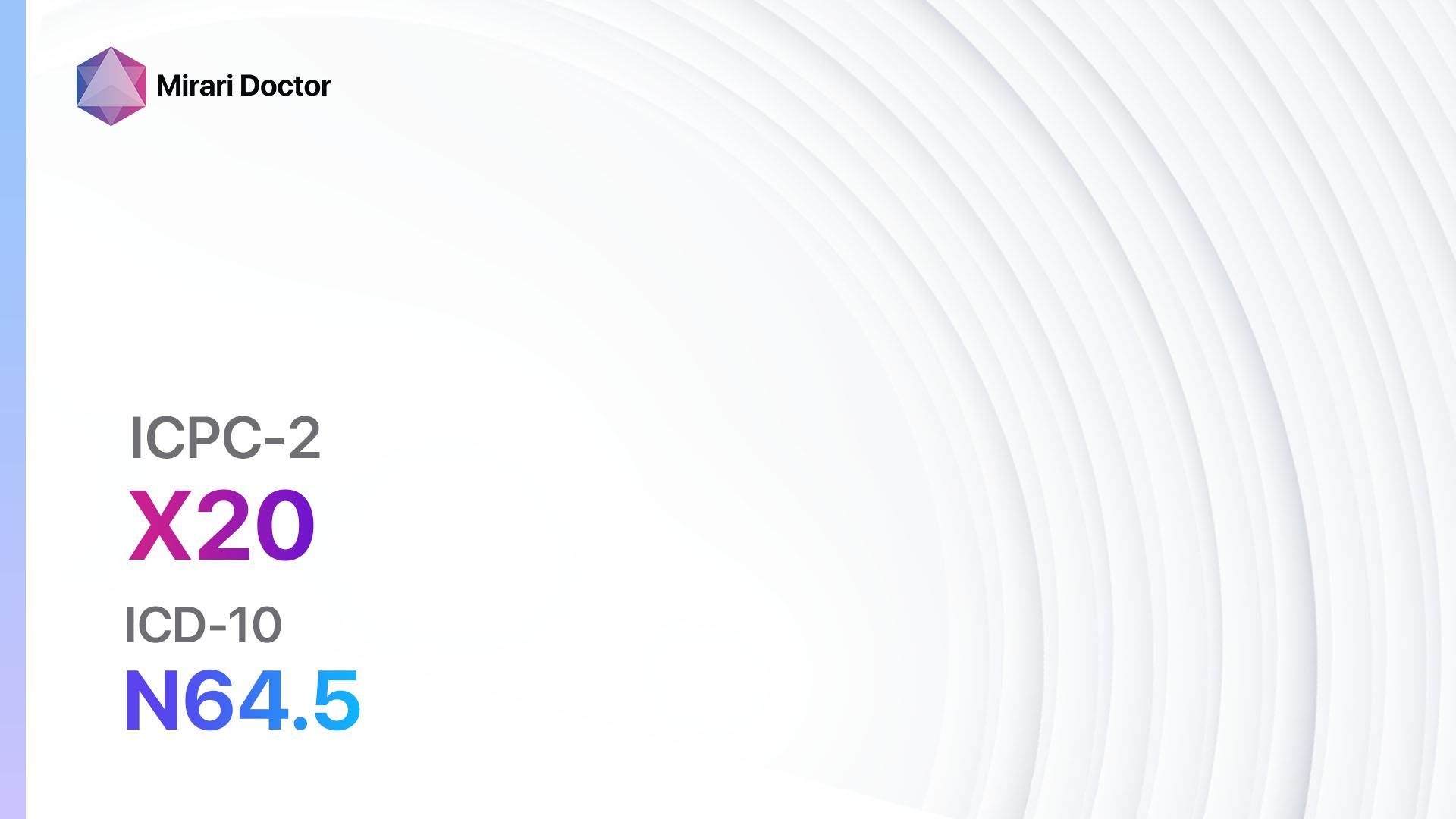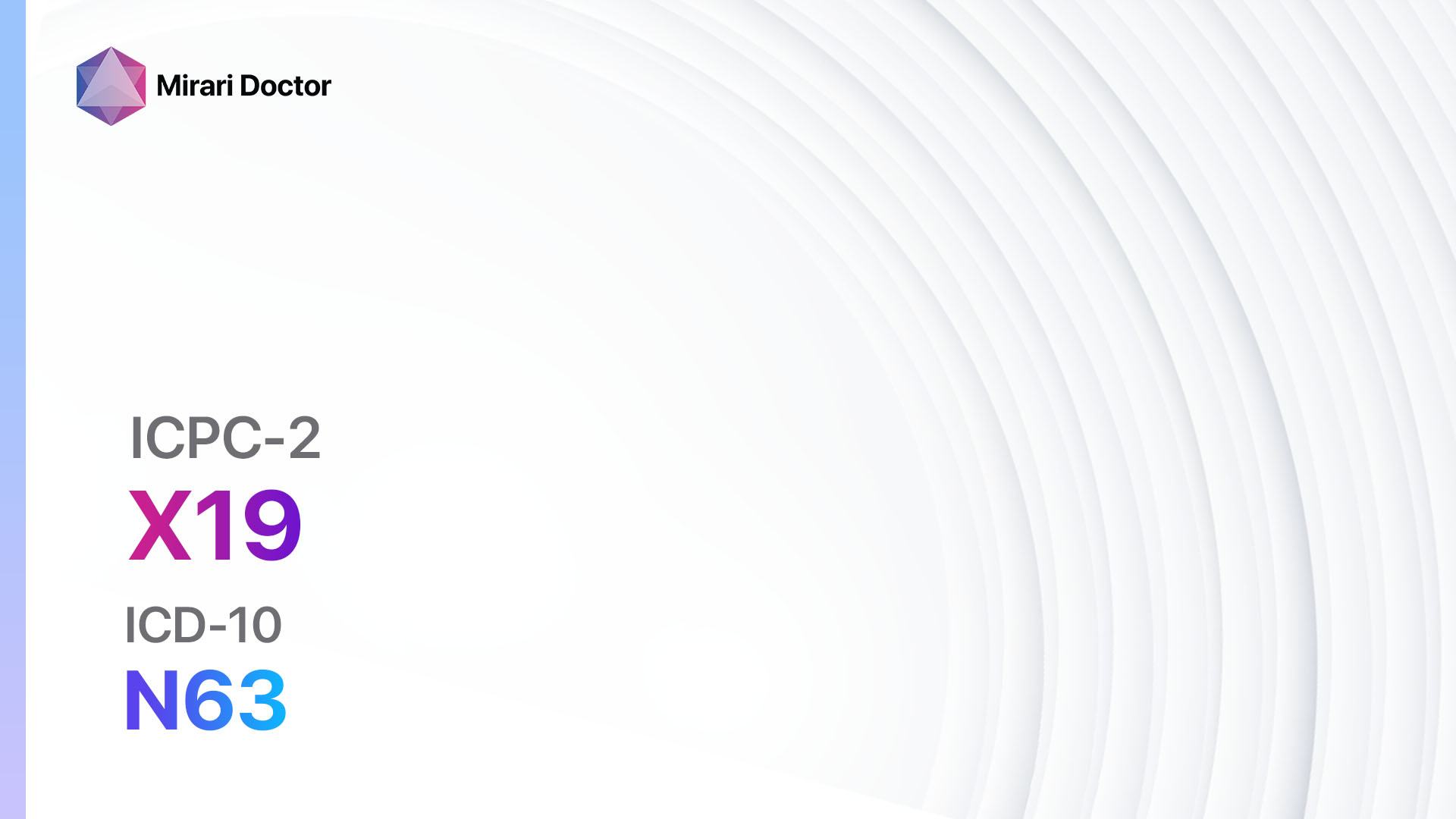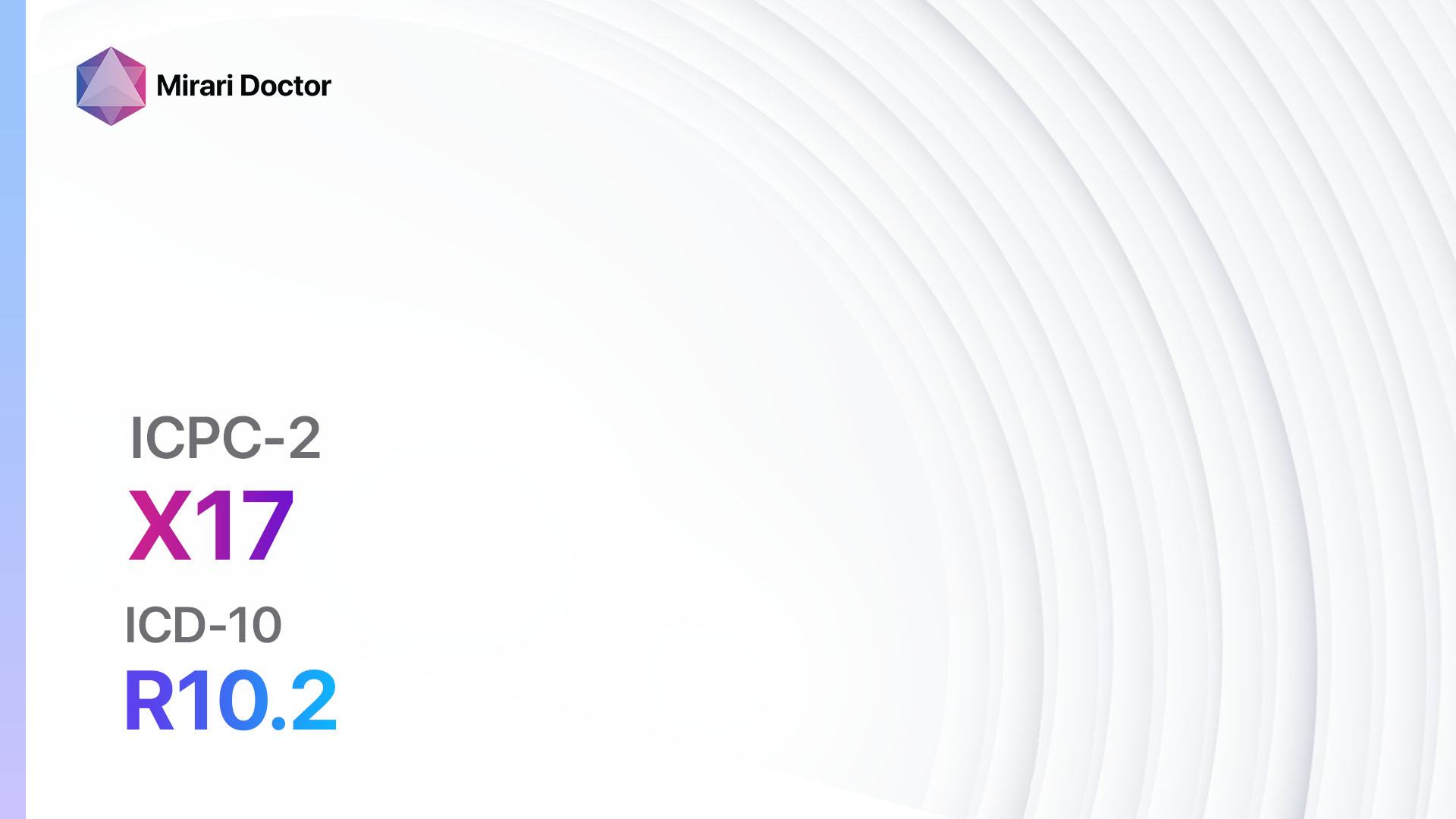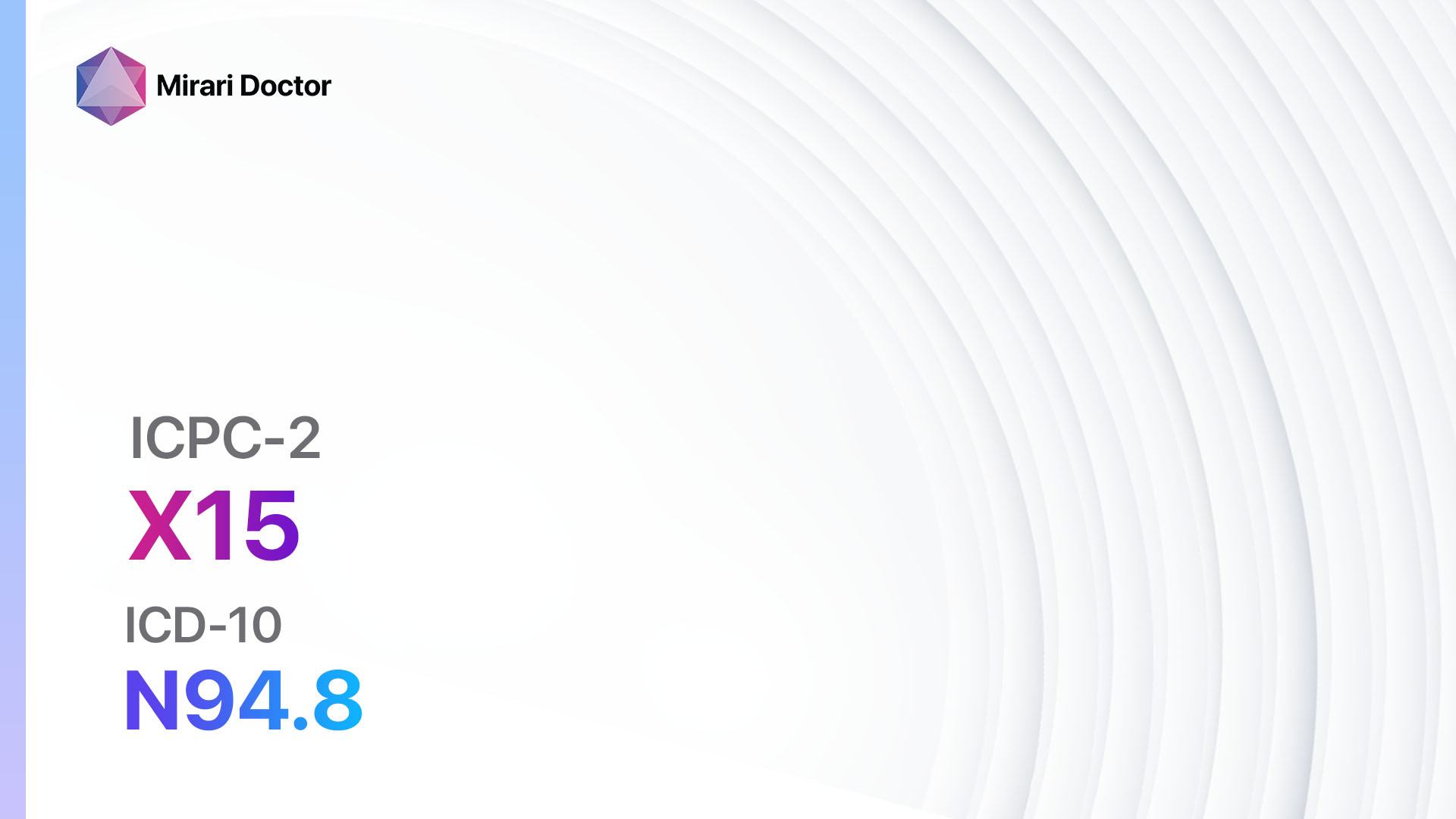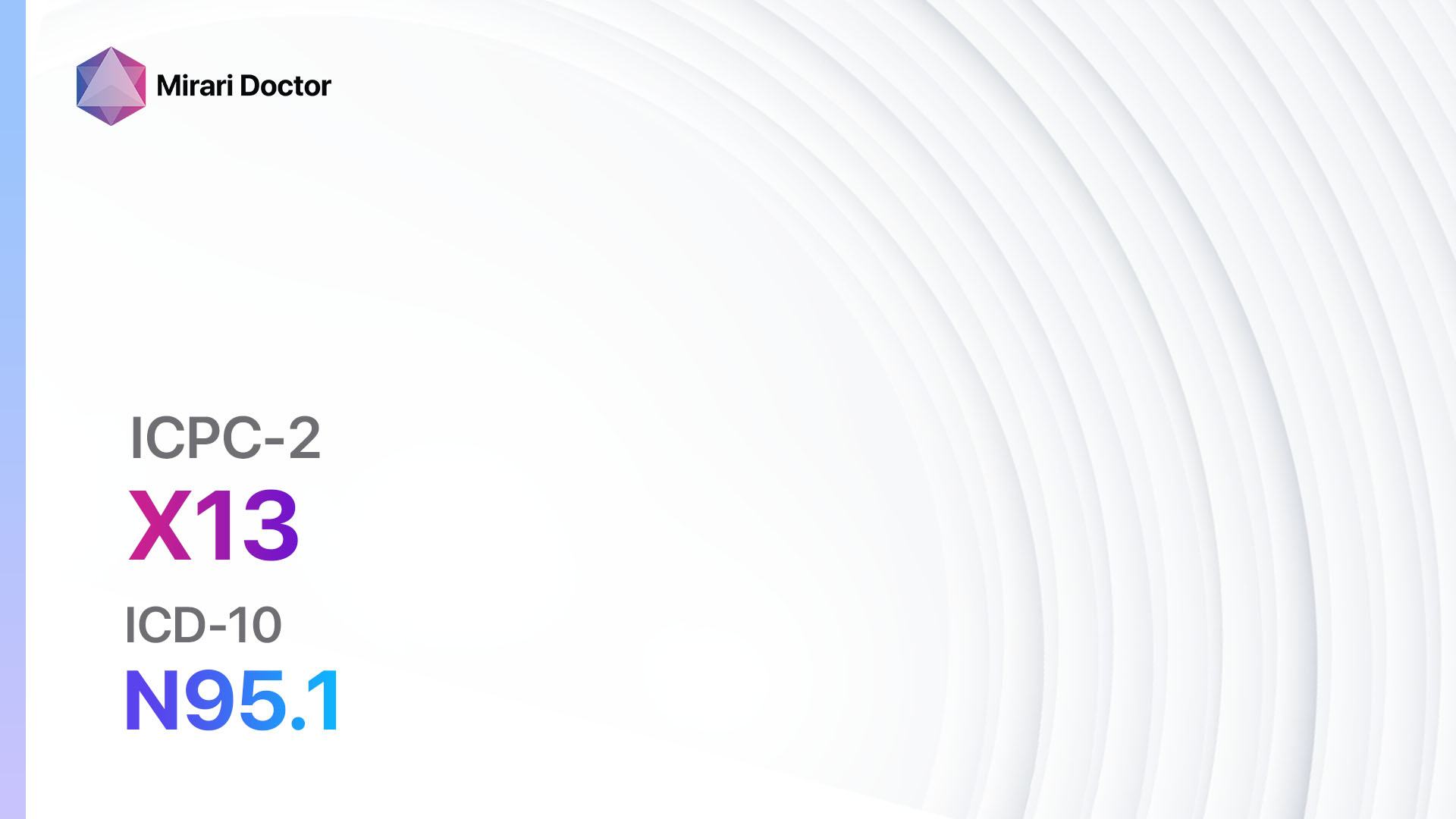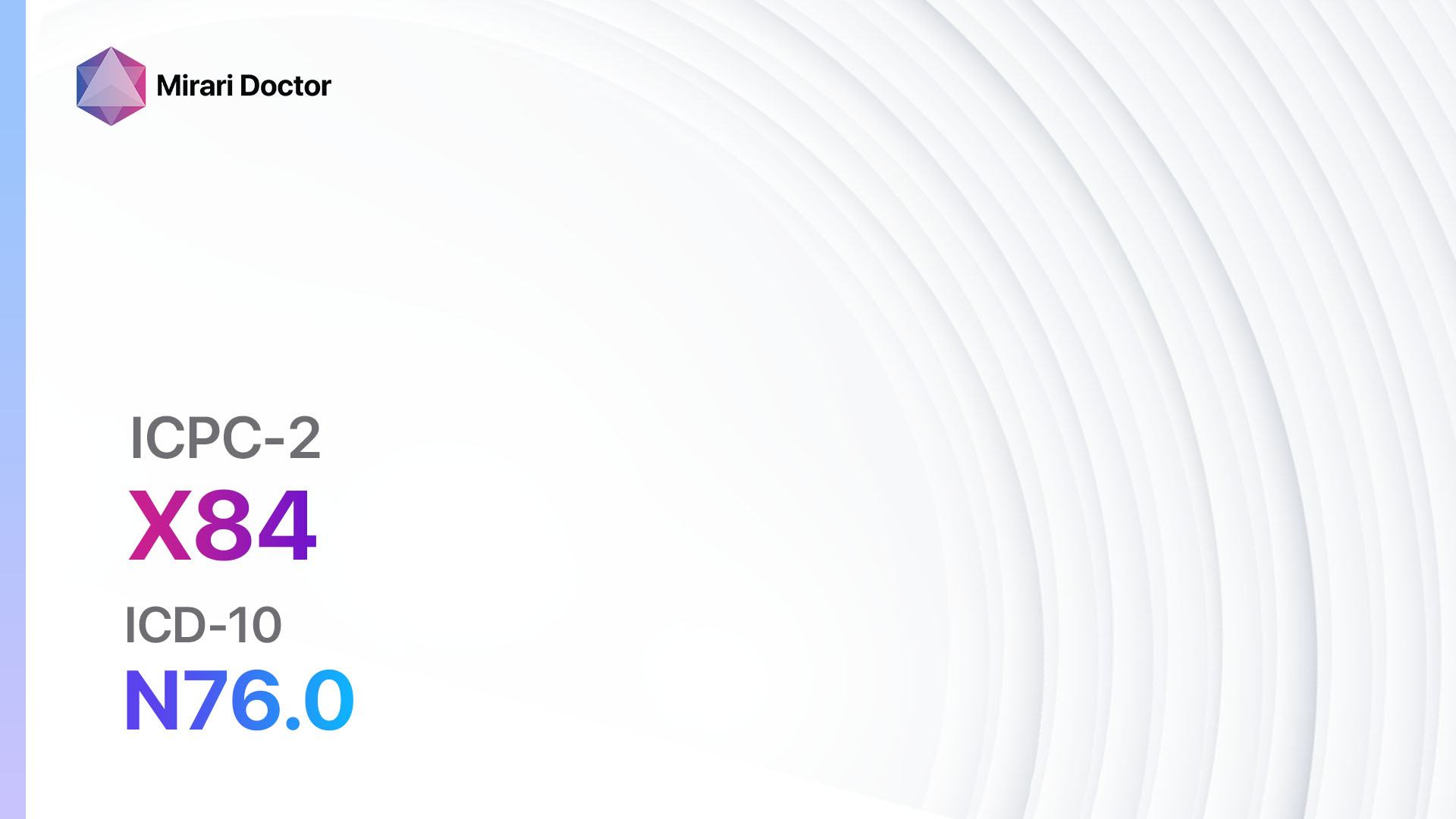
Introduction
Vaginitis/vulvitis NOS refers to inflammation or infection of the vagina and vulva that cannot be classified into a specific subtype[1]. It is a common condition that can cause discomfort and affect a woman’s quality of life[2]. The aim of this guide is to provide healthcare professionals with a comprehensive overview of the diagnostic steps, possible interventions, and patient education for managing vaginitis/vulvitis NOS.
Codes
Symptoms
- Vaginal itching: Persistent itching in and around the vagina[5].
- Vaginal discharge: Abnormal discharge that may be thick, white, yellow, or green in color[5].
- Vulvar redness and swelling: Inflammation and swelling of the vulva[5].
- Pain or discomfort during sexual intercourse: Pain or discomfort experienced during sexual activity[5].
- Burning sensation during urination: A burning or stinging sensation when urinating[5].
Causes
- Bacterial vaginosis: An overgrowth of bacteria in the vagina[6].
- Yeast infection: Overgrowth of the fungus Candida in the vagina[7].
- Trichomoniasis: A sexually transmitted infection caused by the parasite Trichomonas vaginalis[8].
- Irritation or allergic reaction: Contact with irritants or allergens, such as soaps, douches, or latex condoms[9].
- Hormonal changes: Fluctuations in hormone levels, such as during pregnancy or menopause[10].
- Poor hygiene: Inadequate cleaning of the genital area[11].
Diagnostic Steps
Medical History
- Gather information about the patient’s symptoms, including the duration, severity, and any associated factors[12].
- Ask about any previous episodes of vaginitis/vulvitis and their treatment[12].
- Inquire about the patient’s sexual history, including the presence of multiple partners or recent changes in sexual activity[13].
- Assess the patient’s hygiene practices and use of personal care products[11].
- Identify any underlying medical conditions or risk factors that may contribute to the development of vaginitis/vulvitis[14].
Physical Examination
- Inspect the external genitalia for signs of redness, swelling, or lesions[15].
- Examine the vaginal walls and cervix for any abnormalities, such as discharge or inflammation[15].
- Perform a pelvic examination to assess the size, shape, and tenderness of the uterus and ovaries[15].
- Collect samples of vaginal discharge for laboratory testing, if necessary[16].
Laboratory Tests
- Wet mount preparation: Microscopic examination of vaginal discharge to identify the presence of yeast cells, clue cells (indicative of bacterial vaginosis), or Trichomonas vaginalis[16].
- pH testing: Measurement of the vaginal pH to differentiate between different types of vaginitis. A pH greater than 4.5 is suggestive of bacterial vaginosis, while a pH less than 4.5 may indicate a yeast infection[17].
- Cultures: Collection of samples for culture and sensitivity testing to identify the specific microorganism causing the infection and determine the most effective treatment[16].
Diagnostic Imaging
- No specific imaging modalities are typically required for the diagnosis of vaginitis/vulvitis NOS. However, in cases where there is suspicion of a foreign body or other underlying conditions, imaging studies such as ultrasound may be considered[18].
Other Tests
- Allergy testing: If an allergic reaction is suspected, allergy testing may be performed to identify the specific allergen[19].
- Hormone level testing: In cases where hormonal changes are suspected to be a contributing factor, hormone level testing may be conducted to assess the patient’s hormone levels[20].
Follow-up and Patient Education
- Schedule a follow-up appointment to review the results of the diagnostic tests and discuss the treatment plan[21].
- Provide patient education on proper hygiene practices, including avoiding the use of scented products and wearing breathable cotton underwear[22].
- Discuss the importance of safe sexual practices and the use of barrier methods, such as condoms, to prevent the transmission of sexually transmitted infections[23].
- Encourage the patient to seek medical attention if symptoms worsen or do not improve with treatment[21].
Possible Interventions
Traditional Interventions
Medications:
Top 5 drugs for Vaginitis/vulvitis NOS:
- Antifungal agents(e.g., Fluconazole, Clotrimazole, Miconazole)[24]:
- Cost: Generic versions can range from $5 to $20.
- Contraindications: Hypersensitivity to the drug.
- Side effects: Nausea, vomiting, headache.
- Severe side effects: Severe allergic reactions, liver toxicity.
- Drug interactions: Warfarin, oral hypoglycemic agents.
- Warning: Use caution in pregnant or breastfeeding women.
- Metronidazole[25]:
- Cost: Generic versions can range from $5 to $20.
- Contraindications: Hypersensitivity to the drug, first trimester of pregnancy.
- Side effects: Nausea, metallic taste in the mouth.
- Severe side effects: Peripheral neuropathy, seizures.
- Drug interactions: Alcohol, warfarin.
- Warning: Avoid alcohol consumption during treatment.
- Clindamycin[26]:
- Cost: Generic versions can range from $5 to $20.
- Contraindications: Hypersensitivity to the drug, history of antibiotic-associated colitis.
- Side effects: Diarrhea, abdominal pain.
- Severe side effects: Severe allergic reactions, Clostridium difficile infection.
- Drug interactions: Erythromycin, neuromuscular blocking agents.
- Warning: Use caution in patients with a history of gastrointestinal disease.
- Corticosteroids(e.g., Hydrocortisone)[27]:
- Cost: Generic versions can range from $5 to $20.
- Contraindications: Hypersensitivity to the drug, active infection.
- Side effects: Skin thinning, increased risk of infection.
- Severe side effects: Adrenal suppression, Cushing’s syndrome.
- Drug interactions: None significant.
- Warning: Use caution in patients with diabetes or immunosuppression.
- Antihistamines(e.g., Loratadine, Cetirizine)[28]:
- Cost: Generic versions can range from $5 to $20.
- Contraindications: Hypersensitivity to the drug.
- Side effects: Drowsiness, dry mouth.
- Severe side effects: None significant.
- Drug interactions: None significant.
- Warning: Use caution in elderly patients or those with liver or kidney disease.
Alternative Drugs:
- Boric acid suppositories: Used for recurrent or resistant cases of vaginal yeast infections[29].
- Probiotics: May help restore the natural balance of bacteria in the vagina[30].
- Estrogen cream: Used for postmenopausal women with vaginal dryness and atrophy[31].
Surgical Procedures:
- Surgical intervention is not typically required for the treatment of vaginitis/vulvitis NOS[32].
Alternative Interventions
- Tea tree oil: Topical application of tea tree oil may have antifungal and antibacterial properties[33]. Cost: $5-$15 per bottle.
- Yogurt: Application of plain, unsweetened yogurt to the vulva may help restore the natural balance of bacteria[34]. Cost: $2-$5 per container.
- Sitz baths: Soaking the genital area in warm water with added salt or baking soda may help relieve symptoms[35]. Cost: Negligible.
- Aloe vera gel: Topical application of aloe vera gel may help soothe inflammation and reduce itching[36]. Cost: $5-$15 per bottle.
- Garlic: Consumption of raw garlic or application of garlic paste to the vulva may have antifungal properties[37]. Cost: $1-$5 per bulb.
Lifestyle Interventions
- Avoid irritants: Advise the patient to avoid using scented products, douches, and harsh soaps in the genital area[38]. Cost: Negligible.
- Wear breathable underwear: Recommend wearing cotton underwear to allow for better air circulation[39]. Cost: $5-$20 per pair.
- Practice good hygiene: Encourage the patient to clean the genital area with mild soap and water, and to avoid excessive washing[40]. Cost: Negligible.
- Avoid tight-fitting clothing: Advise the patient to wear loose-fitting clothing to prevent moisture buildup[41]. Cost: Varies.
- Maintain a healthy diet: Suggest a diet rich in fruits, vegetables, and probiotics to support overall vaginal health[42]. Cost: Varies.
It is important to note that the cost ranges provided are approximate and may vary depending on the location and availability of the interventions.
Mirari Cold Plasma Alternative Intervention
Understanding Mirari Cold Plasma
- Safe and Non-Invasive Treatment: Mirari Cold Plasma is a safe and non-invasive treatment option for various skin conditions. It does not require incisions, minimizing the risk of scarring, bleeding, or tissue damage.
- Efficient Extraction of Foreign Bodies: Mirari Cold Plasma facilitates the removal of foreign bodies from the skin by degrading and dissociating organic matter, allowing easier access and extraction.
- Pain Reduction and Comfort: Mirari Cold Plasma has a local analgesic effect, providing pain relief during the treatment, making it more comfortable for the patient.
- Reduced Risk of Infection: Mirari Cold Plasma has antimicrobial properties, effectively killing bacteria and reducing the risk of infection.
- Accelerated Healing and Minimal Scarring: Mirari Cold Plasma stimulates wound healing and tissue regeneration, reducing healing time and minimizing the formation of scars.
Mirari Cold Plasma Prescription
Video instructions for using Mirari Cold Plasma Device – X84 Vaginitis/vulvitis NOS (ICD-10:N76.0)
| Mild | Moderate | Severe |
| Mode setting: 1 (Infection) Location: 0 (Localized) Morning: 15 minutes, Evening: 15 minutes | Mode setting: 1 (Infection) Location: 0 (Localized) Morning: 30 minutes, Lunch: 30 minutes, Evening: 30 minutes | Mode setting: 1 (Infection) Location: 0 (Localized) Morning: 30 minutes, Lunch: 30 minutes, Evening: 30 minutes |
| Mode setting: 2 (Wound Healing) Location: 0 (Localized) Morning: 15 minutes, Evening: 15 minutes | Mode setting: 2 (Wound Healing) Location: 0 (Localized) Morning: 30 minutes, Lunch: 30 minutes, Evening: 30 minutes | Mode setting: 2 (Wound Healing) Location: 0 (Localized) Morning: 30 minutes, Lunch: 30 minutes, Evening: 30 minutes |
| Mode setting: 3 (Antiviral Therapy) Location: 0 (Localized) Morning: 15 minutes, Evening: 15 minutes | Mode setting: 3 (Antiviral Therapy) Location: 0 (Localized) Morning: 30 minutes, Lunch: 30 minutes, Evening: 30 minutes | Mode setting: 3 (Antiviral Therapy) Location: 0 (Localized) Morning: 30 minutes, Lunch: 30 minutes, Evening: 30 minutes |
| Mode setting: 7 (Immunotherapy) Location: 1 (Sacrum) Morning: 15 minutes, Evening: 15 minutes | Mode setting: 7 (Immunotherapy) Location: 1 (Sacrum) Morning: 30 minutes, Lunch: 30 minutes, Evening: 30 minutes | Mode setting: 7 (Immunotherapy) Location: 1 (Sacrum) Morning: 30 minutes, Lunch: 30 minutes, Evening: 30 minutes |
| Total Morning: 60 minutes approx. $10 USD, Evening: 60 minutes approx. $10 USD | Total Morning: 120 minutes approx. $20 USD, Lunch: 120 minutes approx. $20 USD, Evening: 120 minutes approx. $20 USD, | Total Morning: 120 minutes approx. $20 USD, Lunch: 120 minutes approx. $20 USD, Evening: 120 minutes approx. $20 USD, |
| Usual treatment for 7-60 days approx. $140 USD – $1200 USD | Usual treatment for 6-8 weeks approx. $2,520USD – $3,360 USD | Usual treatment for 3-6 months approx. $5,400 USD – $10,800 USD |
 |
|
Use the Mirari Cold Plasma device to treat Vaginitis/vulvitis NOS effectively.
WARNING: MIRARI COLD PLASMA IS DESIGNED FOR THE HUMAN BODY WITHOUT ANY ARTIFICIAL OR THIRD PARTY PRODUCTS. USE OF OTHER PRODUCTS IN COMBINATION WITH MIRARI COLD PLASMA MAY CAUSE UNPREDICTABLE EFFECTS, HARM OR INJURY. PLEASE CONSULT A MEDICAL PROFESSIONAL BEFORE COMBINING ANY OTHER PRODUCTS WITH USE OF MIRARI.
Step 1: Cleanse the Skin
- Start by cleaning the affected area of the skin with a gentle cleanser or mild soap and water. Gently pat the area dry with a clean towel.
Step 2: Prepare the Mirari Cold Plasma device
- Ensure that the Mirari Cold Plasma device is fully charged or has fresh batteries as per the manufacturer’s instructions. Make sure the device is clean and in good working condition.
- Switch on the Mirari device using the power button or by following the specific instructions provided with the device.
- Some Mirari devices may have adjustable settings for intensity or treatment duration. Follow the manufacturer’s instructions to select the appropriate settings based on your needs and the recommended guidelines.
Step 3: Apply the Device
- Place the Mirari device in direct contact with the affected area of the skin. Gently glide or hold the device over the skin surface, ensuring even coverage of the area experiencing.
- Slowly move the Mirari device in a circular motion or follow a specific pattern as indicated in the user manual. This helps ensure thorough treatment coverage.
Step 4: Monitor and Assess:
- Keep track of your progress and evaluate the effectiveness of the Mirari device in managing your Vaginitis/vulvitis NOS. If you have any concerns or notice any adverse reactions, consult with your health care professional.
Note
This guide is for informational purposes only and should not replace the advice of a medical professional. Always consult with your healthcare provider or a qualified medical professional for personal advice, diagnosis, or treatment. Do not solely rely on the information presented here for decisions about your health. Use of this information is at your own risk. The authors of this guide, nor any associated entities or platforms, are not responsible for any potential adverse effects or outcomes based on the content.
Mirari Cold Plasma System Disclaimer
- Purpose: The Mirari Cold Plasma System is a Class 2 medical device designed for use by trained healthcare professionals. It is registered for use in Thailand and Vietnam. It is not intended for use outside of these locations.
- Informational Use: The content and information provided with the device are for educational and informational purposes only. They are not a substitute for professional medical advice or care.
- Variable Outcomes: While the device is approved for specific uses, individual outcomes can differ. We do not assert or guarantee specific medical outcomes.
- Consultation: Prior to utilizing the device or making decisions based on its content, it is essential to consult with a Certified Mirari Tele-Therapist and your medical healthcare provider regarding specific protocols.
- Liability: By using this device, users are acknowledging and accepting all potential risks. Neither the manufacturer nor the distributor will be held accountable for any adverse reactions, injuries, or damages stemming from its use.
- Geographical Availability: This device has received approval for designated purposes by the Thai and Vietnam FDA. As of now, outside of Thailand and Vietnam, the Mirari Cold Plasma System is not available for purchase or use.
References
- Centers for Disease Control and Prevention. (2021). Vulvovaginal Candidiasis (VVC). //www.cdc.gov/std/treatment-guidelines/candidiasis.htm
- Paladine, H. L., & Desai, U. A. (2018). Vaginitis: Diagnosis and Treatment. American Family Physician, 97(5), 321-329. //www.aafp.org/pubs/afp/issues/2018/0301/p321.html
- World Health Organization. (2020). International Classification of Primary Care, Second edition (ICPC-2). //www.who.int/standards/classifications/other-classifications/international-classification-of-primary-care
- World Health Organization. (2019). International Statistical Classification of Diseases and Related Health Problems (ICD-10). //icd.who.int/browse10/2019/en#/N76.0
- Sobel, J. D. (2020). Approach to women with symptoms of vaginitis. UpToDate. //www.uptodate.com/contents/approach-to-women-with-symptoms-of-vaginitis
- Kenyon, C., & Osbak, K. (2021). Bacterial Vaginosis. StatPearls [Internet]. //www.ncbi.nlm.nih.gov/books/NBK459216/
- Blostein, F., Levin-Sparenberg, E., Wagner, J., & Foxman, B. (2017). Recurrent vulvovaginal candidiasis. Annals of Epidemiology, 27(9), 575-582. //doi.org/10.1016/j.annepidem.2017.08.010
- Kissinger, P. (2015). Trichomonas vaginalis: a review of epidemiologic, clinical and treatment issues. BMC Infectious Diseases, 15, 307. //doi.org/10.1186/s12879-015-1055-0
- Neves, N. A., Carvalho, L. P., Lopes, A. C. V., Cruz, Á., & Carvalho, E. M. (2005). Successful treatment of refractory recurrent vaginal candidiasis with cetirizine plus fluconazole. Journal of Lower Genital Tract Disease, 9(3), 167-170. //doi.org/10.1097/01.LGT.0000171664.63976.FB
- Nappi, R. E., & Kokot-Kierepa, M. (2012). Vaginal Health: Insights, Views & Attitudes (VIVA) – results from an international survey. Climacteric, 15(1), 36-44. //doi.org/10.3109/13697137.2011.647840
- Chen, Y., Bruning, E., Rubino, J., & Eder, S. E. (2017). Role of female intimate hygiene in vulvovaginal health: Global hygiene practices and product usage. Women’s Health, 13(3), 58-67. //doi.org/10.1177/1745505717731011
- Workowski, K. A., & Bolan, G. A. (2015). Sexually transmitted diseases treatment guidelines, 2015. MMWR Recommendations and Reports, 64(RR-03), 1-137. //www.cdc.gov/mmwr/preview/mmwrhtml/rr6403a1.htm
- Marrazzo, J. M. (2011). Interpreting the epidemiology and natural history of bacterial vaginosis: Are we still confused? Anaerobe, 17(4), 186-190. //doi.org/10.1016/j.anaerobe.2011.03.016
- Mitchell, C., & Marrazzo, J. (2014). Bacterial vaginosis and the cervicovaginal immune response. American Journal of Reproductive Immunology, 71(6), 555-563. //doi.org/10.1111/aji.12264
- Eckert, L. O. (2006). Clinical practice. Acute vulvovaginitis. New England Journal of Medicine, 355(12), 1244-1252. //doi.org/10.1056/NEJMcp053720
- Amsel, R., Totten, P. A., Spiegel, C. A., Chen, K. C., Eschenbach, D., & Holmes, K. K. (1983). Nonspecific vaginitis. Diagnostic criteria and microbial and epidemiologic associations. The American Journal of Medicine, 74(1), 14-22. //doi.org/10.1016/0002-9343(83)91112-9
- Hemalatha, R., Ramalaxmi, B. A., Swetha, E., Balakrishna, N., & Mastromarino, P. (2013). Evaluation of vaginal pH for detection of bacterial vaginosis. The Indian Journal of Medical Research, 138(3), 354-359. //www.ncbi.nlm.nih.gov/pmc/articles/PMC3818598/
- Bega, G., Lev-Toaff, A. S., O’Kane, P., Becker, E., & Kurtz, A. B. (2003). Three-dimensional ultrasonography in gynecology: Technical aspects and clinical applications. Journal of Ultrasound in Medicine, 22(11), 1249-1269. //doi.org/10.7863/jum.2003.22.11.1249
- Shifren, J. L., & Gass, M. L. S.; NAMS Recommendations for Clinical Care of Midlife Women Working Group. (2014). The North American Menopause Society recommendations for clinical care of midlife women. Menopause, 21(10), 1038-1062. //doi.org/10.1097/GME.0000000000000319, 13(3), 209-217. //doi.org/10.1007/s11908-011-0173-0
- Shifren, J. L., & Gass, M. L. (2014). The North American Menopause Society recommendations for clinical care of midlife women. Menopause, 21(10), 1038-1062. //doi.org/10.1097/GME.0000000000000319
- Sobel, J. D. (2016). Recurrent vulvovaginal candidiasis. American Journal of Obstetrics and Gynecology, 214(1), 15-21. //doi.org/10.1016/j.ajog.2015.06.067
- Cottrell, B. H. (2010). An updated review of evidence to discourage douching. MCN: The American Journal of Maternal/Child Nursing, 35(2), 102-107. //doi.org/10.1097/NMC.0b013e3181cae9da
- Holmes, K. K., Levine, R., & Weaver, M. (2004). Effectiveness of condoms in preventing sexually transmitted infections. Bulletin of the World Health Organization, 82(6), 454-461. //pubmed.ncbi.nlm.nih.gov/15356939/
- Pappas, P. G., Kauffman, C. A., Andes, D. R., Clancy, C. J., Marr, K. A., Ostrosky-Zeichner, L., … & Sobel, J. D. (2016). Clinical Practice Guideline for the Management of Candidiasis: 2016 Update by the Infectious Diseases Society of America. Clinical Infectious Diseases, 62(4), e1-e50. //doi.org/10.1093/cid/civ933
- Löfmark, S., Edlund, C., & Nord, C. E. (2010). Metronidazole Is Still the Drug of Choice for Treatment of Anaerobic Infections. Clinical Infectious Diseases, 50(S1), S16-S23. //doi.org/10.1086/647939
- Goldstein, E. J., Citron, D. M., Merriam, C. V., Warren, Y. A., Tyrrell, K. L., & Fernandez, H. T. (2002). In Vitro Activities of Garenoxacin (BMS 284756) against 108 Clinical Isolates of Gardnerella vaginalis. Antimicrobial Agents and Chemotherapy, 46(12), 3995-3996. //doi.org/10.1128/AAC.46.12.3995-3996.2002
- Naldi, L., & Rebora, A. (2009). Seborrheic Dermatitis. New England Journal of Medicine, 360(4), 387-396. //doi.org/10.1056/NEJMcp0806464
- Simons, F. E. R., & Simons, K. J. (2011). Histamine and H1-antihistamines: Celebrating a century of progress. Journal of Allergy and Clinical Immunology, 128(6), 1139-1150.e4. //doi.org/10.1016/j.jaci.2011.09.005
- Iavazzo, C., Gkegkes, I. D., Zarkada, I. M., & Falagas, M. E. (2011). Boric Acid for Recurrent Vulvovaginal Candidiasis: The Clinical Evidence. Journal of Women’s Health, 20(8), 1245-1255. //doi.org/10.1089/jwh.2010.2708
- Falagas, M. E., Betsi, G. I., & Athanasiou, S. (2006). Probiotics for prevention of recurrent vulvovaginal candidiasis: a review. Journal of Antimicrobial Chemotherapy, 58(2), 266-272. //doi.org/10.1093/jac/dkl246
- Rahn, D. D., Carberry, C., Sanses, T. V., Mamik, M. M., Ward, R. M., Meriwether, K. V., … & Brady, S. S. (2014). Vaginal estrogen for genitourinary syndrome of menopause: a systematic review. Obstetrics & Gynecology, 124(6), 1147-1156. //doi.org/10.1097/AOG.0000000000000526
- Sobel, J. D. (1997). Vaginitis. New England Journal of Medicine, 337(26), 1896-1903. //doi.org/10.1056/NEJM199712253372607
- Hammer, K. A., Carson, C. F., & Riley, T. V. (2004). Antifungal effects of Melaleuca alternifolia (tea tree) oil and its components on Candida albicans, Candida glabrata and Saccharomyces cerevisiae. Journal of Antimicrobial Chemotherapy, 53(6), 1081-1085. //doi.org/10.1093/jac/dkh243
- Falagas, M. E., Betsi, G. I., & Athanasiou, S. (2006). Probiotics for prevention of recurrent vulvovaginal candidiasis: a review. Journal of Antimicrobial Chemotherapy, 58(2), 266-272. //doi.org/10.1093/jac/dkl246
- Chung, K. L., Convery, P. A., & Ejikeme, I. O. (2020). Pruritus Vulvae. StatPearls [Internet]. //www.ncbi.nlm.nih.gov/books/NBK549871/
- Panahi, Y., Sharif, M. R., Sharif, A., Beiraghdar, F., Zahiri, Z., Amirchoopani, G., Tahmasbpour Marzony, E., & Sahebkar, A. (2012). A randomized comparative trial on the therapeutic efficacy of topical Aloe vera and Calendula officinalis on diaper dermatitis in children. Pediatric Dermatology, 29(4), 518-523. //pubmed.ncbi.nlm.nih.gov/22606064/
- Shams-Ghahfarokhi, M., Shokoohamiri, M. R., Amirrajab, N., Moghadasi, B., Ghajari, A., Zeini, F., … & Razzaghi-Abyaneh, M. (2006). In vitro antifungal activities of Allium cepa, Allium sativum and ketoconazole against some pathogenic yeasts and dermatophytes. Fitoterapia, 77(4), 321-323. //doi.org/10.1016/j.fitote.2006.03.014
- Kartono, F., & Maibach, H. I. (2006). Irritants in combination with a synergistic or additive effect on the skin response: An overview of tandem irritation studies. Contact Dermatitis, 54(5), 303-312. //doi.org/10.1111/j.0105-1873.2006.00792.x
- Runeman, B., Rybo, G., Forsgren-Brusk, U., Larkö, O., Larsson, P., & Faergemann, J. (2005). The vulvar skin microenvironment: Impact of tight-fitting underwear on microclimate, pH, and microflora. Acta Dermato-Venereologica, 85(2), 118-122. //doi.org/10.1080/00015550410024562
- Nyirjesy, P. (2014). Management of persistent vaginitis. Obstetrics & Gynecology, 124(6), 1135-1146. //doi.org/10.1097/AOG.0000000000000551
- Jankovic, S., Bojovic, D., Vukadinovic, D., Daglar, E., Jankovic, M., Laudanovic, D., … & Nikolic, A. (2010). Risk factors for recurrent vulvovaginal candidiasis. Vojnosanitetski pregled, 67(10), 819-824. //doi.org/10.2298/VSP1010819J
- Neggers, Y. H., Nansel, T. R., Andrews, W. W., Schwebke, J. R., Yu, K. F., Klebanoff, M. A., & Gibbs, R. S. (2007). Dietary intake of selected nutrients affects bacterial vaginosis in women. The Journal of nutrition, 137(9), 2128-2133. //doi.org/10.1093/jn/137.9.2128
Related articles
Made in USA


